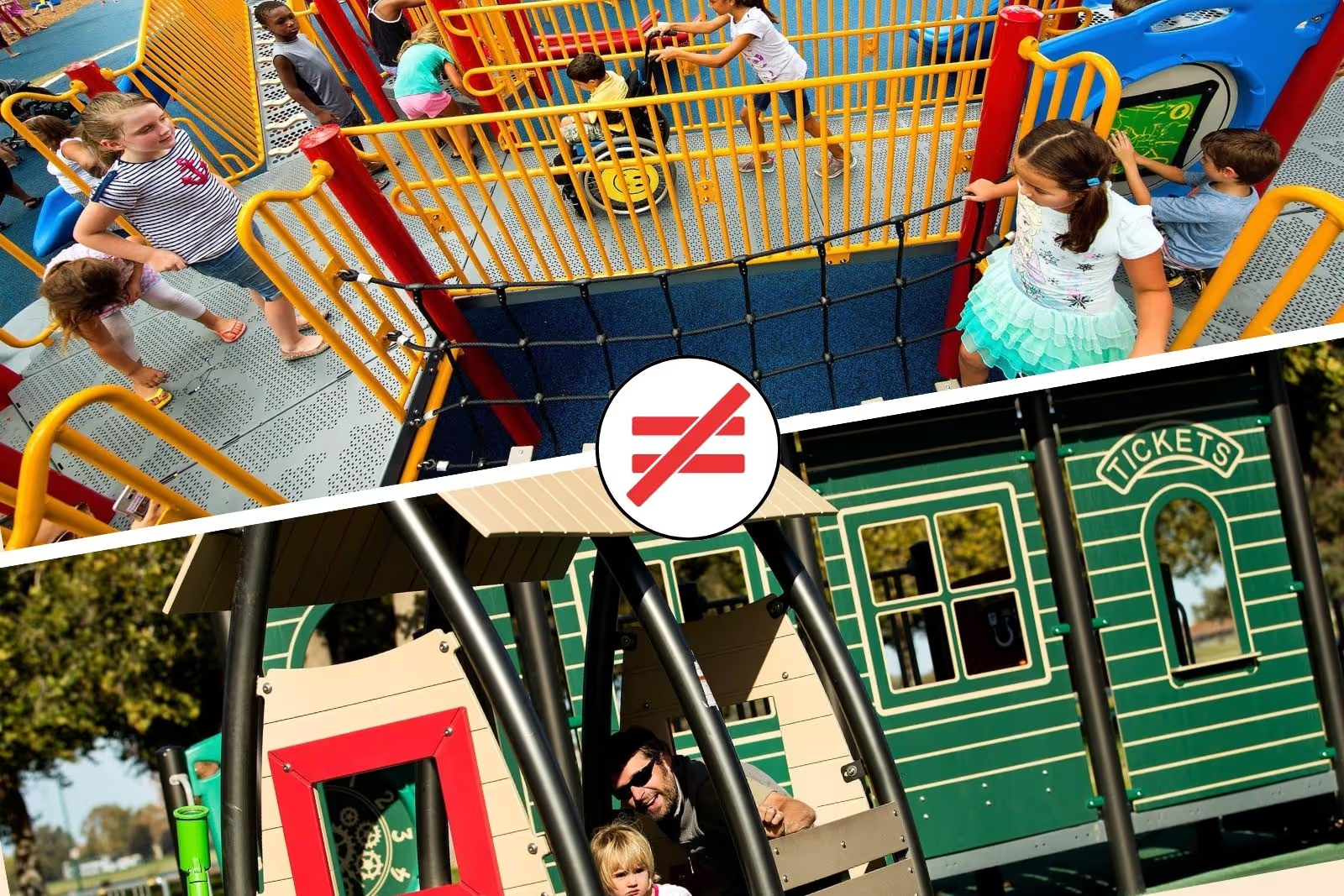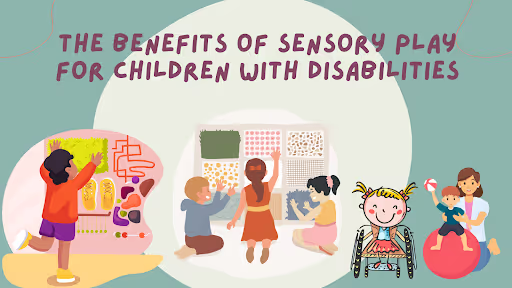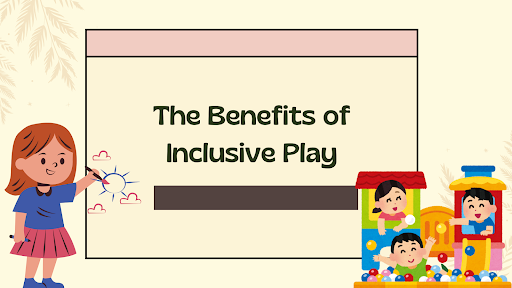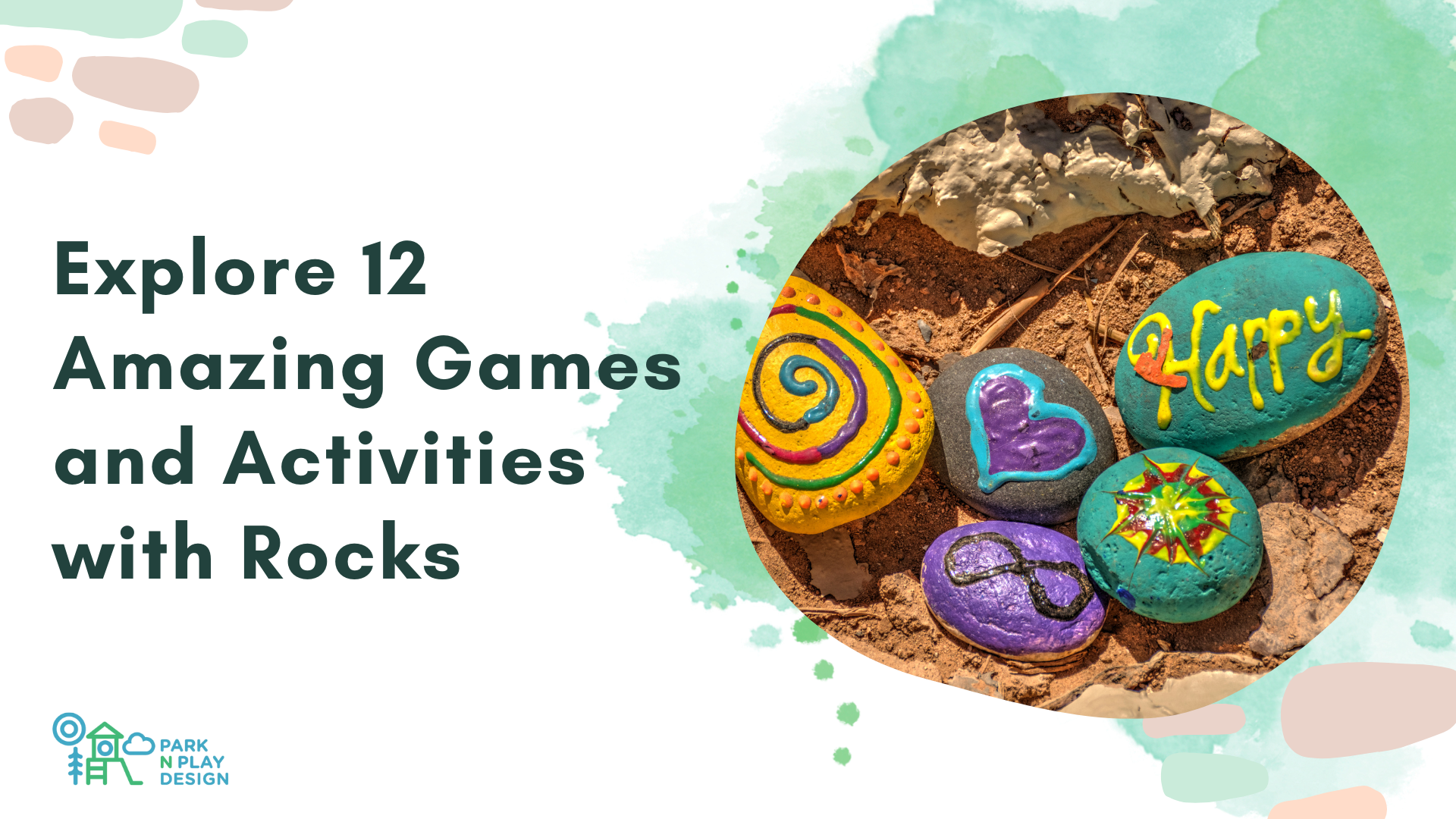How to Make Friends at the Skatepark
Learn the art of making friends at skateparks. Discover tips to navigate this social hub and blend skateboarding with camaraderie.


Navigating the vibrant and dynamic world of skateparks can be as thrilling as it is daunting, especially regarding socializing. Skateparks aren't just hubs for skateboarding; they're melting pots of culture and camaraderie, making them ideal places for making friends.
With the right approach, anyone can transform skatepark visits into opportunities for forming lasting connections. Let's dive into the art of making friends at skateparks, where the excitement of skateboarding meets the joy of socializing.
Understanding Skatepark Culture

Skatepark culture embodies a vibrant blend of creativity and freedom, where each skater's unique style and approach to the sport contribute to a diverse and dynamic community. Navigating this world requires an appreciation for its eclectic nature, from the myriad of skating styles to the various skill levels present, all coexisting harmoniously among local skaters.
Integral to this culture is an understanding and adherence to its unspoken rules, which foster mutual respect and a sense of belonging among its members at the skate park. By embracing and respecting this diversity, you can seamlessly integrate into the skatepark community, finding fellow skaters and friends who share your passion for skateboarding culture.
Essential Skatepark Etiquette
Essential skatepark etiquette is vital for maintaining harmony and safety in the skateboarding community, especially at a new local skatepark. It revolves around mutual respect and consideration, primarily through taking turns and being mindful of other skaters' space.
Respecting the local park facilities, such as using ramps and rails appropriately and keeping the area clean, is also crucial. Avoiding disruptive behaviors like "snaking" or cutting in line is essential for preventing conflicts and safety risks during a skate session.
Adhering to these unspoken rules ensures a better skating experience for all and helps earn respect and build friendships within the local crew and broader skatepark community.
Starting Conversations at the Skatepark
When you see someone nail a cool trick at the skatepark, walking over and saying, "Hey, that was an awesome kickflip! How long did it take you to learn that?" can kickstart a friendly chat. Or, if you're eyeing someone's unique skateboard, you might ask, "I love the graphics on your board.
What brand is it?" to start the conversation about skateboarding gear. It's all about being genuine and showing interest, like asking, "Are you planning to check out the skate competition next weekend?" to discuss common interests.
Participating in Skatepark Activities
Imagine there's a local skateboarding contest coming up. Joining in not only sharpens your skills but also puts you in the mix with people who love skating as much as you do.
You could say to someone, "I'm thinking of joining the contest. Have you ever participated in one?" This opens the door to new friendships with those who share your enthusiasm.
Be sure to keep an ear out for any event announcements or casually ask, "Hey, are there any cool skate events happening soon?" to stay in the loop.
Learning and Sharing Skateboarding Skills
If you're trying to master a new trick and see experienced skaters who've got it dFown, approach them with a friendly, "Your ollies are so smooth. Could you give me some tips?" This willingness to learn can spark a connection and lead to new friends.
On the flip side, if you're the one with the skills, offering help like, "I noticed you're working on your grinds. Want some pointers?" can be a great way to make more friends.
These moments of teaching and learning, regardless of skill level, create a bond and a sense of community at the skatepark, making it more fun for everyone involved.
Building a Network: Group Rides and Meetups
Group rides and meetups are like opening the door to a new skateboarding world. Picture yourself joining a local skateboarding Facebook group and finding out about a weekend group ride.
When you show up, you're greeted by many friendly faces, all eager to skate and share stories. These meetups often have a laid-back vibe, making chatting, laughing, and building friendships easy.
It's about showing off tricks and sharing experiences, like saying, "This is my first group ride. I usually skate solo. What about you?" Suddenly, you're not just a solo skater but part of a more extensive, welcoming community.
Being a Positive Presence at the Skatepark
Imagine you're at the skatepark and see someone struggling with a trick you're good at. Walking over and saying, "Hey, I noticed you're working on your heelflips.
Mind if I give you a few tips?" can brighten their day. Or, when someone finally lands a trick they've been practicing, a high-five and a "That was awesome! You nailed it!" goes a long way.
This positive energy makes others want to be around you. By being the person who's always cheering others on, offering a helping hand, or just sharing a laugh, you naturally become a magnet for friendships.
It's about being that upbeat, encouraging presence everyone looks forward to seeing at the park.
Safety and Respect: The Foundation of Skatepark Friendships
At the skatepark, showing that you value safety and respect is critical to building solid friendships. Let's say you're trying a new, challenging trick.
Instead of pushing yourself too hard, you choose to practice within your limits and wear your helmet and pads. This keeps you safe and sets an excellent example for others.
When you respect your safety, it encourages others to do the same, creating a safer environment for everyone. Respecting others' boundaries is just as important.
For instance, if you see someone practicing in their own space, giving them room and not intruding shows you respect their space and safety. This thoughtful behavior is noticed and appreciated in the skatepark community.
By consistently demonstrating a responsible attitude toward safety, like reminding a new friend, "Hey, don't forget your helmet," you earn the trust and respect of fellow skaters. They see you as someone who cares about the sport and those who enjoy it.
This respect and concern for well-being lay the foundation for deep, meaningful friendships at the skatepark.
Is Having a Skating Buddy Essential?

Having a skating buddy isn't essential, but it can make your skateboarding experience more enjoyable. A buddy can offer tips, help you practice new tricks, and provide company and encouragement.
Skating with a friend is safer, especially when trying challenging maneuvers at skateparks for kids. So, while you can skate solo, having a buddy adds fun and safety to your skateboarding adventures.
Final Thoughts
Making friends at the skatepark revolves around shared passion, mutual respect, and positive interactions. Whether you're bonding over a new trick or supporting each other in learning, the friendships formed at the skatepark can be as enduring and rewarding as the sport itself.
As you apply these tips, consider Park N Play Design for friendly skateparks, enhancing your skateboarding and social experiences.
FAQs
How do you make friends with skaters?
Start by being friendly and approachable, compliment someone's skating, ask for tips, or discuss skateboarding topics. Being genuine and showing interest in their skating experience is critical to forming friendships.
How do you make a skate group?
Create a skate group by connecting with fellow skaters at the park or through social media platforms dedicated to skateboarding. Organize regular meetups or group rides and spread the word to attract members.
What to do your first time at a skatepark?
On your first visit to a skatepark, start by observing the area to get a feel for the layout and etiquette. This approach is constructive for new skaters. Then, try some basic maneuvers, respecting others' space and turns, to gradually blend in and meet fellow skaters.












